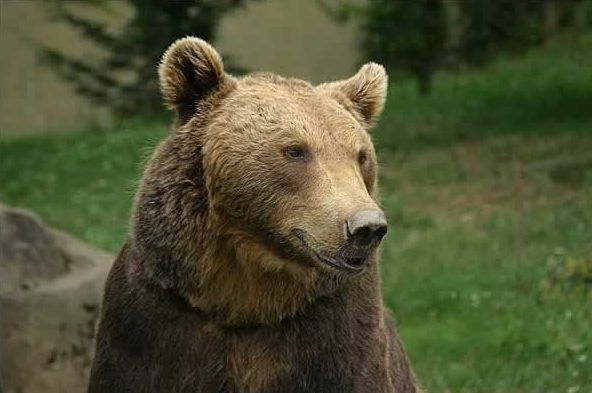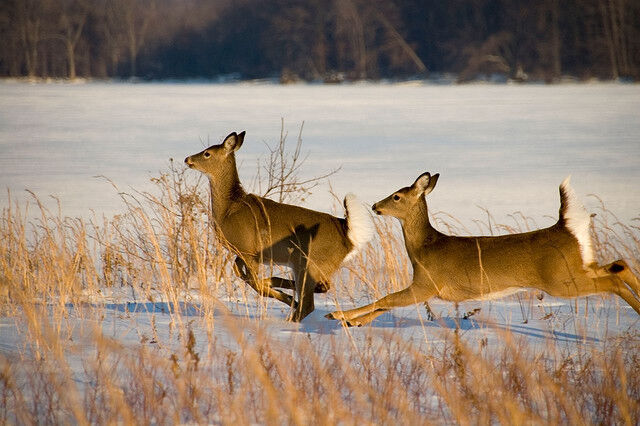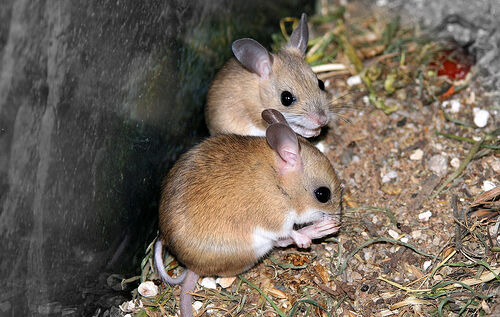In regions where there is a very cold season, such as Québec, wild animals must find a way to survive the winter when food is scarce. Some animals migrate to places further south while others find a way to stay where they are by adapting. Hibernation and overwintering are two examples of adaptations.
At certain times of the year, animals find food in abundance. During this period, they accumulate fat reserves under their skin. This fat will serve as a reserve during times of food shortage. In fact, during winter, some animals fall into a state of deep sleep, and these reserves are then put to good use.
Hibernation is the phenomenon whereby an animal falls into a state of sleep or a much slower pace of life during the winter. In this situation, the animal's body temperature drops. This is sometimes referred to as controlled hypothermia.
This phenomenon can be observed in several cold-blooded animals (reptiles, amphibians, fish), but also in certain warm-blooded animals (birds and mammals).
Hibernation is a phenomenon that allows cold-blooded animals to survive winter because they are unable to control their internal temperature. In fact, their temperature varies depending on their environment. Therefore, they cannot survive freezing and cold conditions.
Animals that hibernate include groundhogs, frogs, mice, and bats.
In winter, some animals reduce their activities and become much less active without the need to hibernate. Their metabolism slows down significantly. These are semi-hibernating animals.
Semi-hibernating animals include bears, raccoons, opossums, and badgers. So, if you come across one of these animals during the winter and it appears to be asleep, be mindful that it could wake up at any time.

To survive the winter, some animals change their lifestyle or their appearance. This is called overwintering.
Unlike those that hibernate, some overwintering animals remain active throughout the winter. These include only warm-blooded animals, such as mammals and birds.
As with hibernating animals, overwintering animals should accumulate fat during times when food is available in sufficient quantity. In addition to storing fats, these animals develop thicker fur or denser plumage. This allows them to stay warm even in the cold season. These are physical adaptations.
In addition to accumulating fat reserves under their skin, some animals have a "pantry" near their shelter. Other animals even change their diet during the winter to be able to survive. We then speak of behavioural adaptations.
Overwintering animals include white-tailed deer and beaver.

